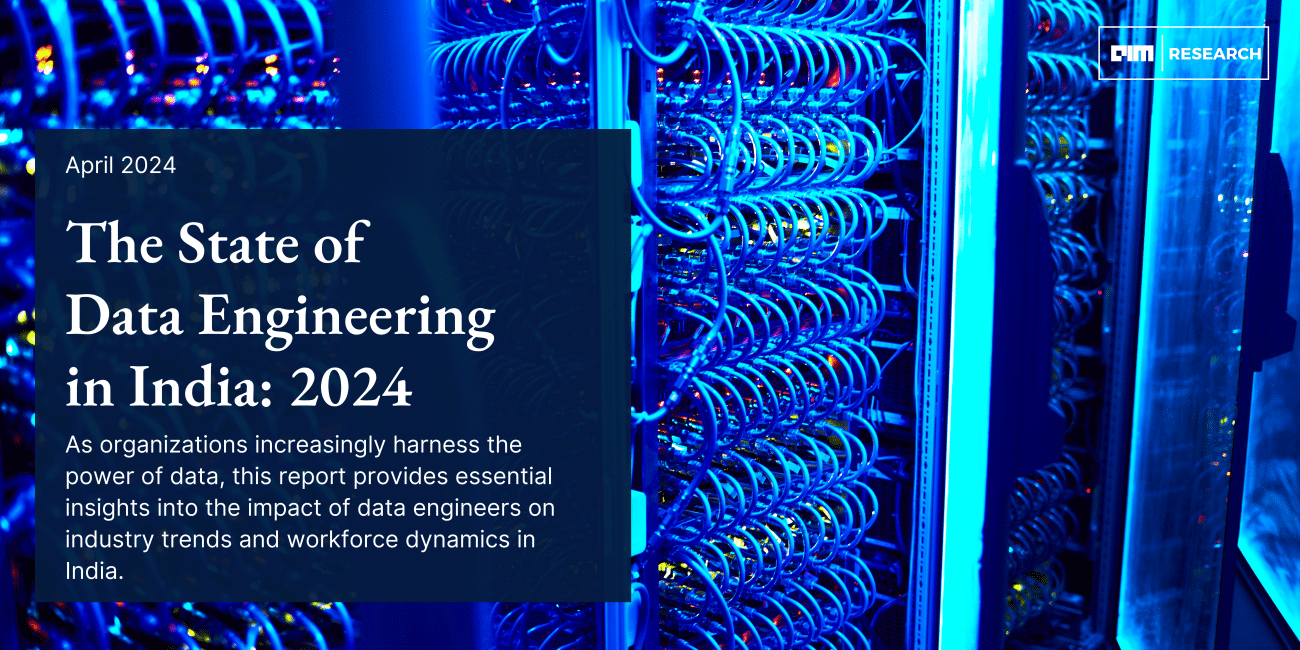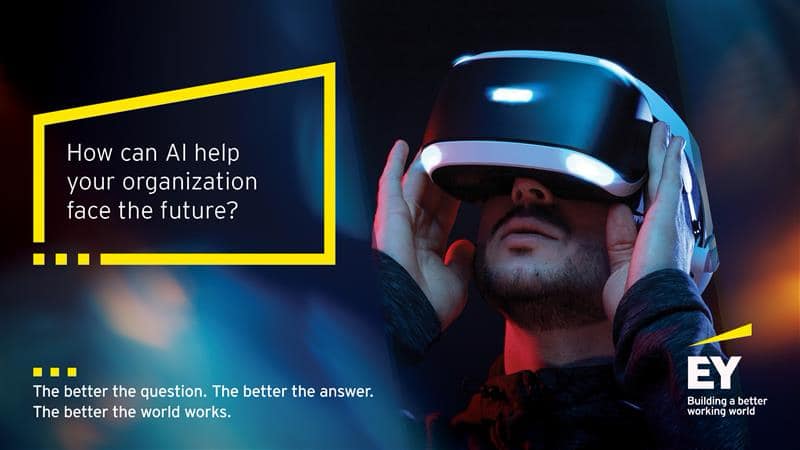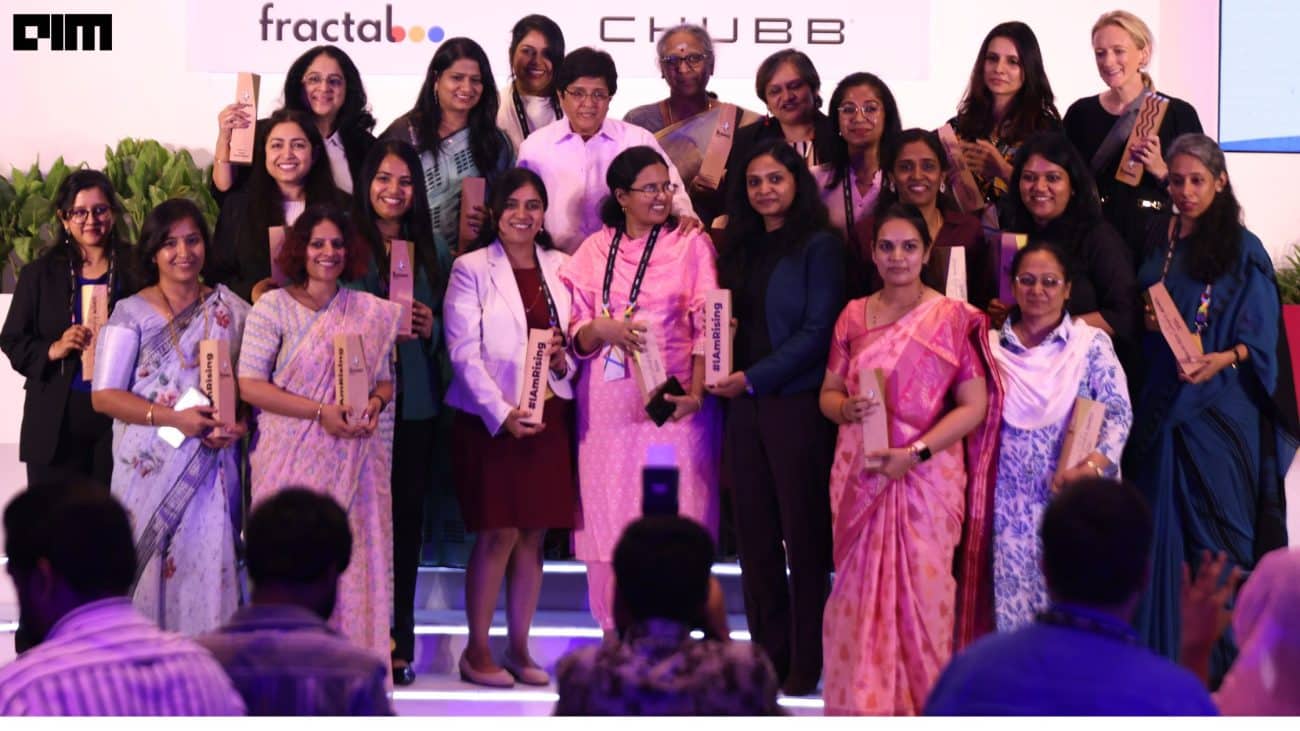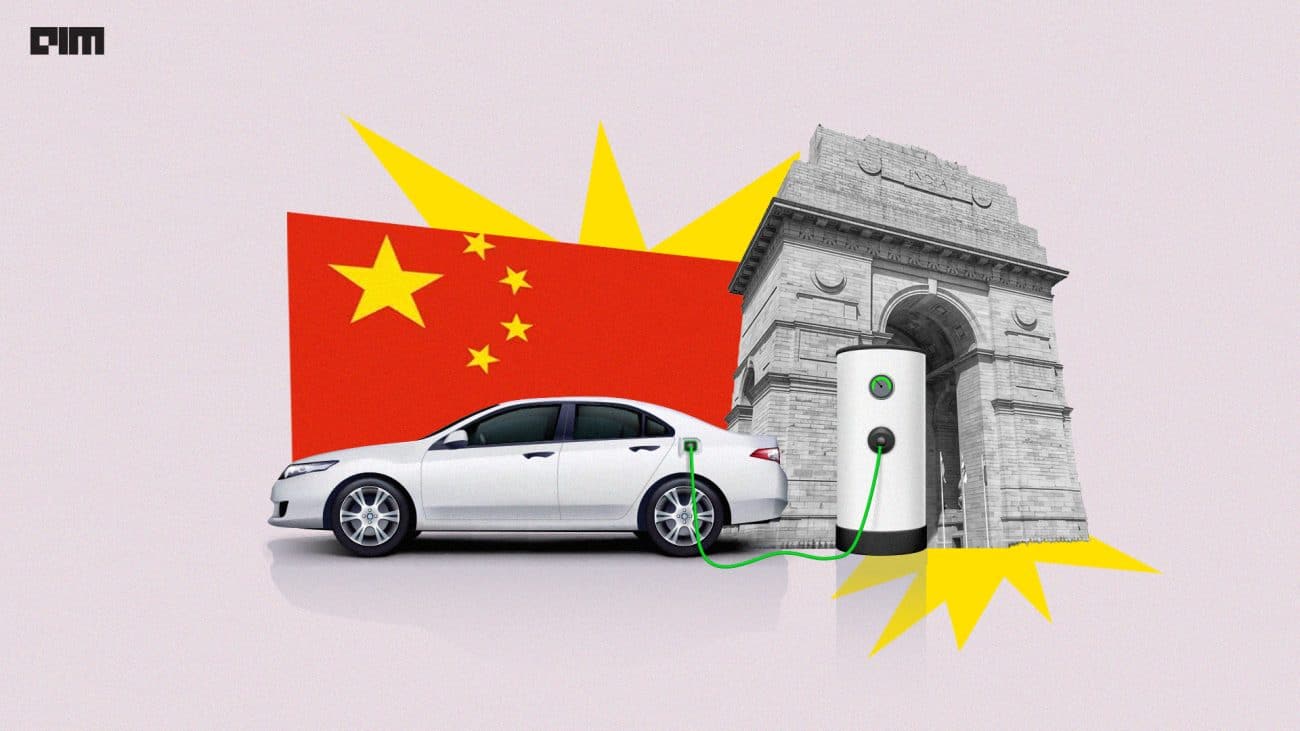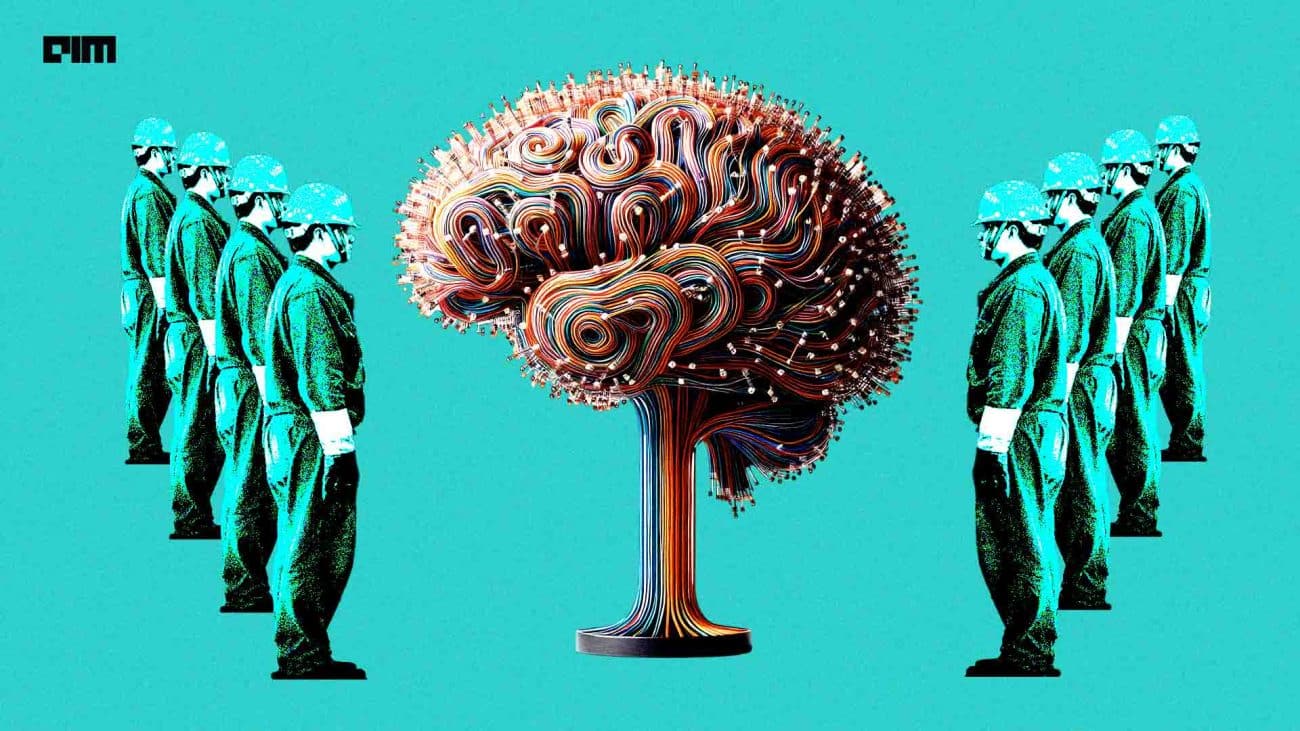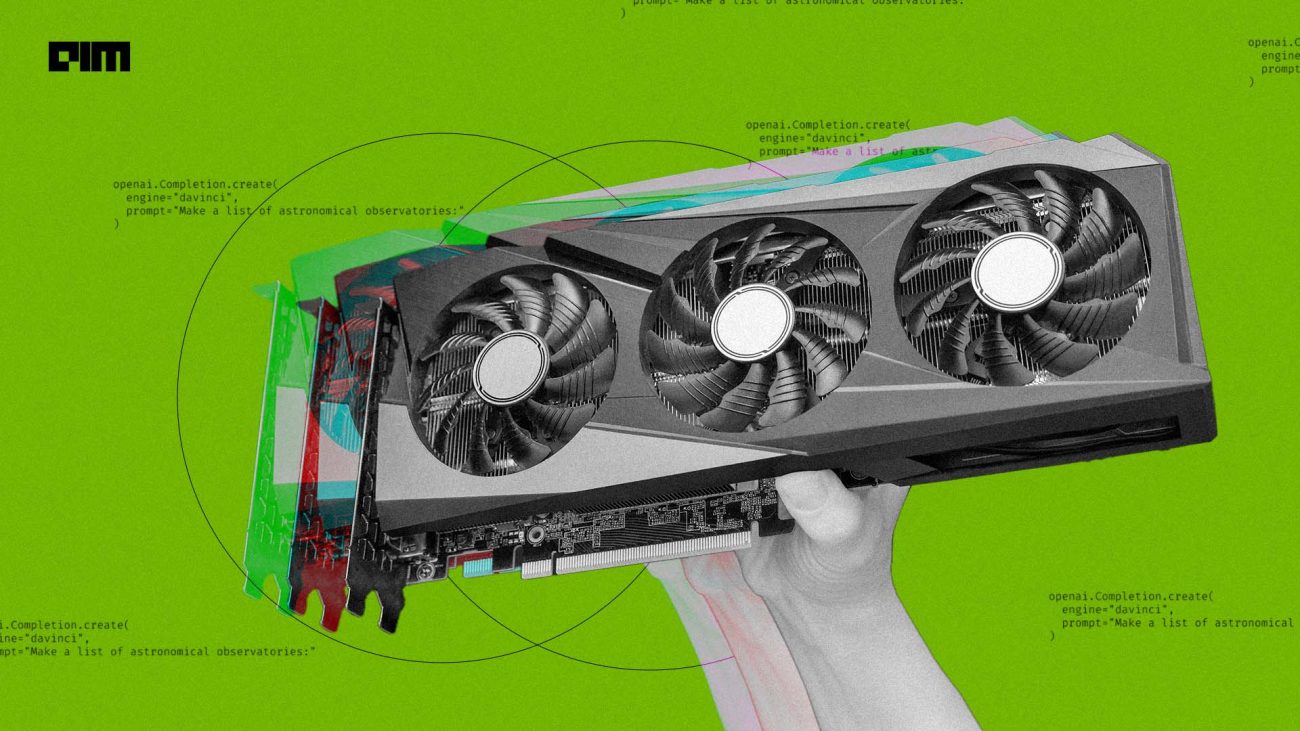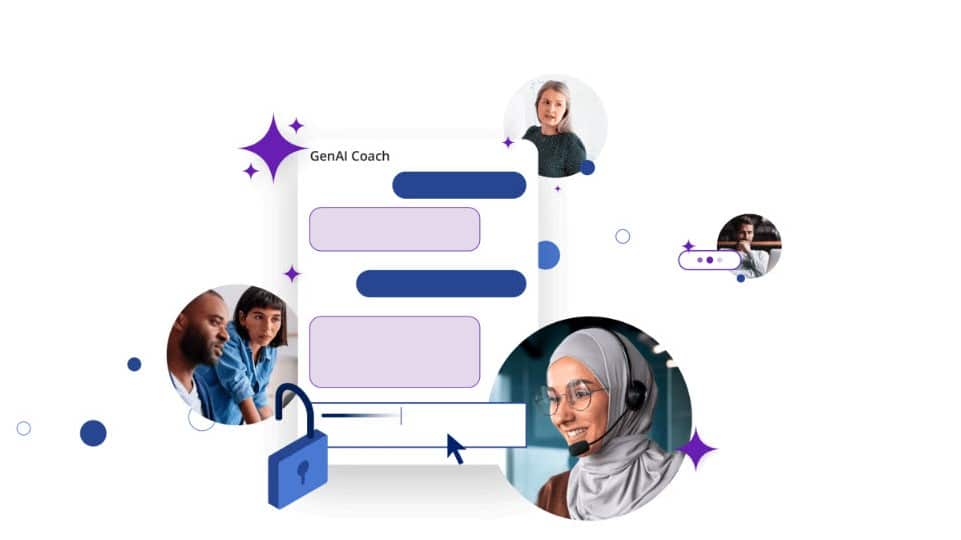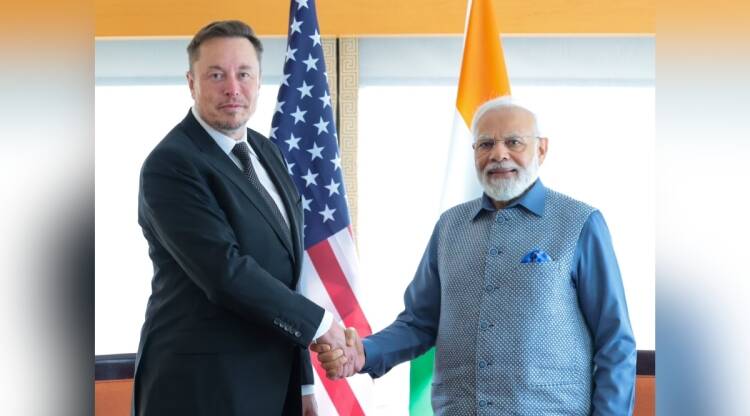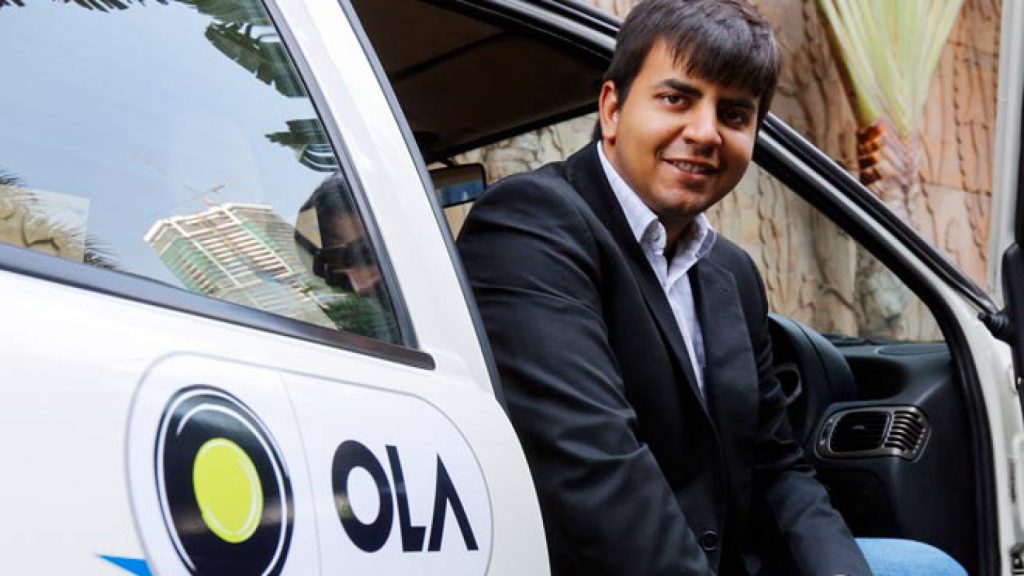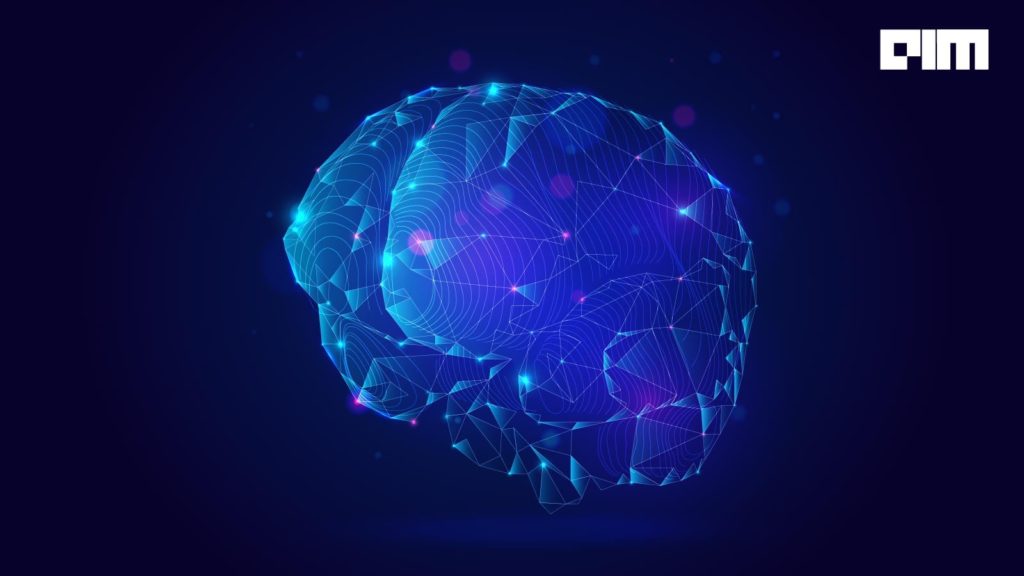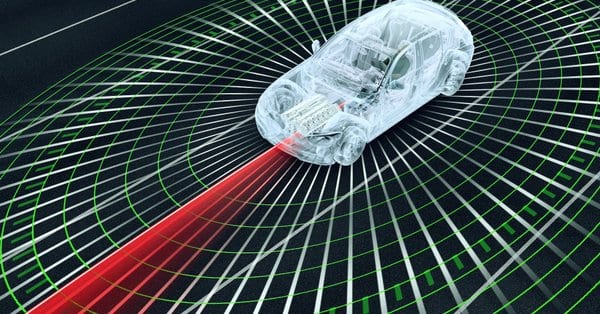|
Listen to this story
|
At present, the world is transitioning in three significant ways—for geopolitical and socio-economic world order; the shift towards a low carbon economy; and the scalable deployment of AI. Sanjay Srivastava, chief digital officer of Genpact, interacted with Analytics India Magazine and shared how their firm is enabling Fortune 500 companies across the globe with data analytics and AI in these three dimensions.
In December, Bloomberg reported that all the packaging and waste material from Amazon ends up getting burnt in India. This highlights the broken recycling system and how companies outsource their emissions to another country, ultimately making their emission untrackable and shine without flaws.
Srivastava gives an example of a company that spent approximately 24 months to shift their computer to the cloud, with the key objective of reducing their carbon footprint. The company did intricate calculations to measure the exact reduction they would achieve with this and were finally able to achieve that and publish the numbers. “The company missed out on a major factor, the disposition of the existing computers and systems has a carbon impact as well, which needs to be added back,” explained Srivastava.
But this is not because the company planned to miss it, it is because they did not know that it is a question that they have to ask. This is where AI and ML tools come into the picture. “These technologies help us bring out the questions that we did not know we have to ask and are proving to be very important now”, said Srivastava.
“Think about carbon footprint comprehensively, and not conveniently”
“Climate is at the top of our client’s agenda list,” said Srivastava. He said that Genpact is in front of three services—data extraction, analytics, and change management.
First order of execution is extracting data from the locked up places like unstructured documents and classifying them for use and harmonising it. “Every company has tons of data, but the problem is that it is very messy, and most unavailable and locked up,” explained Srivastava. To this end, the firm leverages natural language processing models to extract information.
The second step—analytics—is what Srivastava calls the ‘shipping lane’. Now that the data is structured and managed, predicting and recommending information from the data to the companies allows them to ultimately reduce carbon footprint. Thinking of it like the journey or supply chain of a consumer product from one country to another. Genpact enables the company to analyse the emissions at each step of the chain and, thus, contributes to reducing the components that maximise the emissions.
Change management is the step where AI/ML plays the biggest role. “We can track the journey of a product to your footsteps and give you insights to choose options that enable you to offset your carbon footprint,” said Srivastava.
Moving Beyond Budget
What ends up occurring is that a lot of companies get these analytics and prediction engines but they don’t do it as it is not something that can be done from a top-down approach—it has to be done individually. Srivastava gives another example of how companies keep replenishing products every year without asking the employees. “We have to ensure that we are not forcibly replenishing everyone’s phones, for example, because of some annual contract”.
According to Srivastava, this is an important discussion and has been increasing in the past 5–10 years. “It’s not happening because of the budget. It’s happening because of the carbon footprint, it’s happening because it makes an impact.”
Since Genpact is a professional services firm that does not undertake manufacturing and holds warehouses, Srivastava believes that they are in a better position in terms of carbon baseline. “We are not clean, but we are better off because we do not have a manufacturing footprint.”
Genpact believes that the societal and governance aspect 0f ESGs is as important as the environment. The company has trained around 50,000 people by providing them domain knowledge along with offering courses. “Governance is night and day,” said Srivastava. “We deal with Fortune 500 companies and any mistake can bring the company to a halt. So, governance is as important as anything else for us.”
Partnership with Climate Vault
Genpact’s partnership with Climate Vault takes the approach even further and pushes towards a very important objective. “There has been a lot of greenwashing in the market,” said Srivastava. It is not clear if the numbers put forward by the companies are accurate. These numbers can be exaggerated and oftentimes are just for marketing the goodness.
What climate vault does is, instead of going to the voluntary market of carbon credits, it goes into the regulatory market. For instance, if a company has to build a power plant, they would have to buy credits from the government before they can actually start the process. Climate Vault buys 100 of these credits from the climate market so that other companies cannot buy it. This results in reduction in the carbon emissions from the market as a whole.
Climate Vault has another initiative for offsetting carbon dioxide. Their unique approach is trapping carbon dioxide from the atmosphere, encapsulating it, and burying it into the ground for 150 years. This is because they believe that stopping carbon emissions is not enough, as we have damaged the environment enough. Being carbon negative is the next step but also that this process is very expensive.
Genpact powers up Climate Vault by integrating them onto their platform and into different engines, along with bringing their clients into the ecosystem. The partners are also building an API to enable companies to measure the carbon offset of the product they are selling. Thus, making Climate Vault scalable.

























